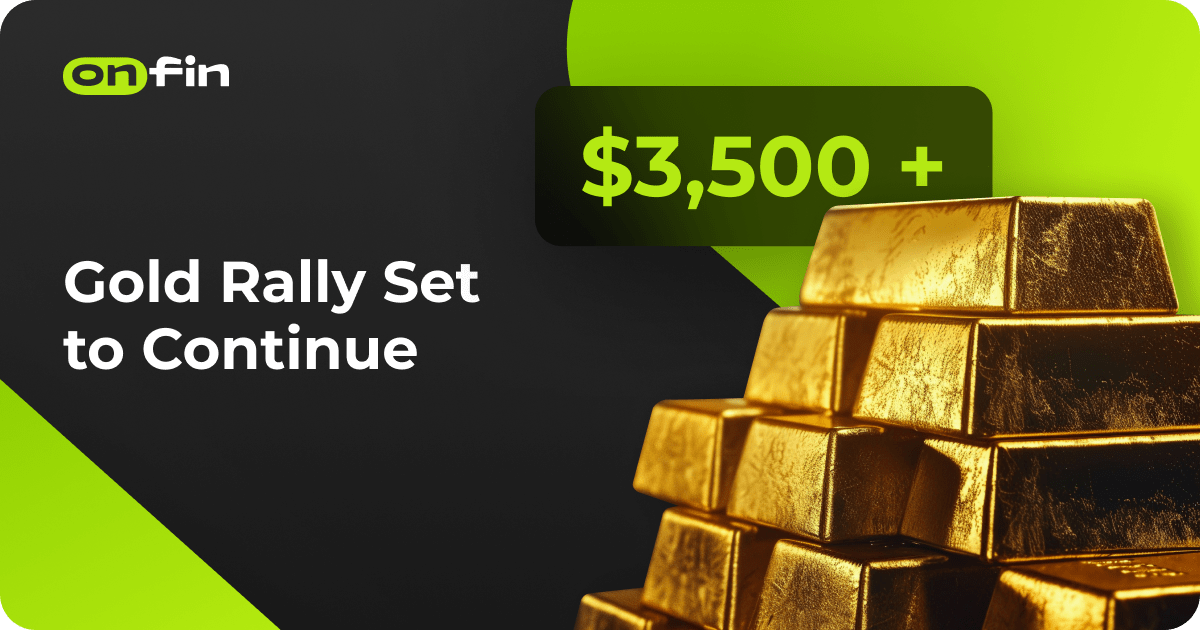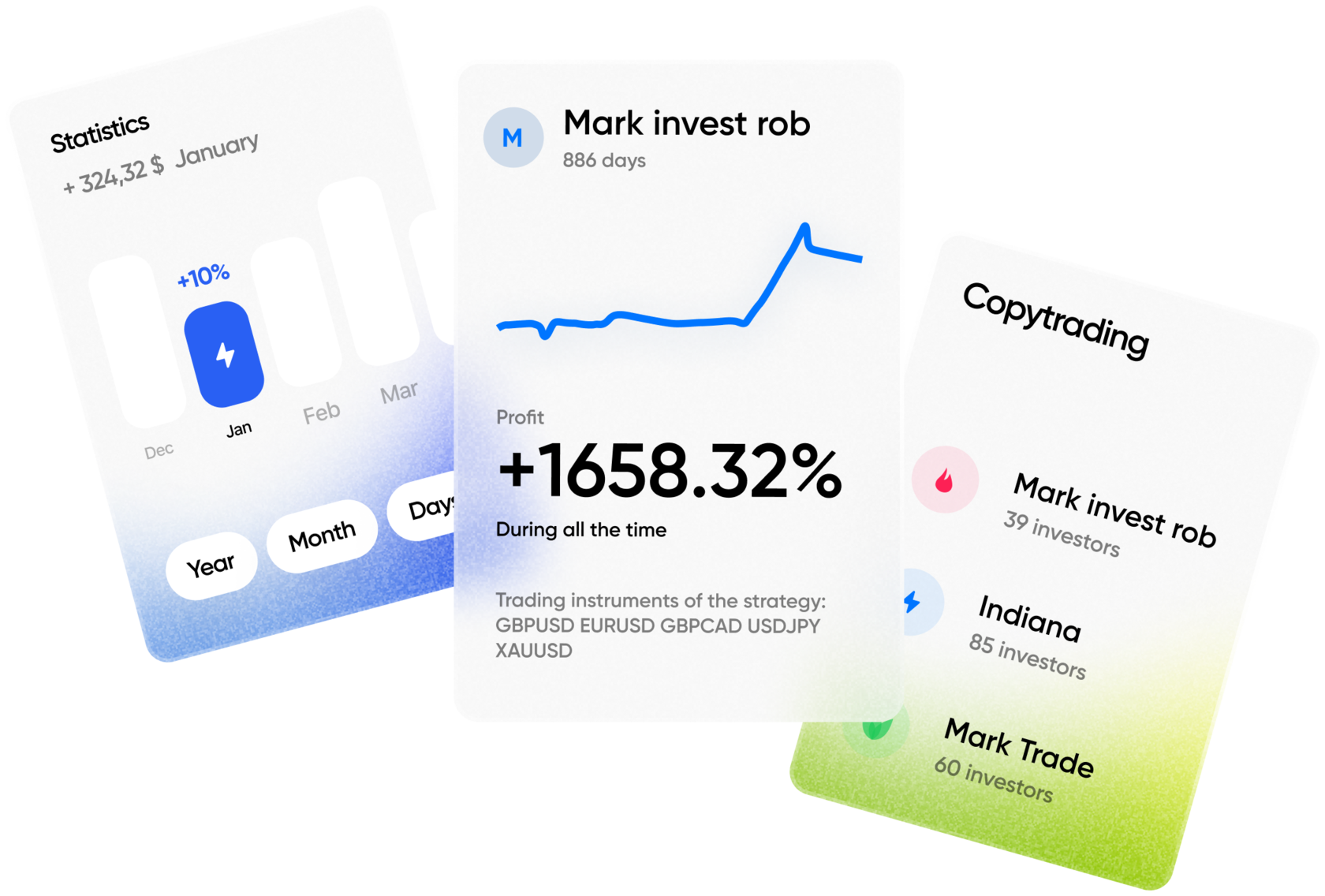Gold prices entered a correction phase on Thursday after reaching a historic milestone — briefly surpassing $3,500 per troy ounce for the first time ever. Following a meteoric rise of nearly 10% over the past month, many investors opted to lock in profits, triggering a modest pullback. However, according to billionaire investor and hedge fund manager John Paulson, the fundamental drivers for gold’s rally remain firmly in place, suggesting further long-term upside for the precious metal. The comments were reported by Bloomberg on April 24.
Paulson, one of Wall Street’s most prominent advocates for gold investments, emphasized that global central banks are expected to continue accumulating gold reserves aggressively. He explained that monetary authorities are seeking to reduce their reliance on traditional fiat currencies, particularly the U.S. dollar, amid an increasingly unstable political and economic landscape. Central banks from emerging and developed economies alike have been notable buyers of gold throughout 2024 and early 2025, a trend that appears to be intensifying.
Gold in the Revaluation Phase
According to Paulson, gold is undergoing a major revaluation phase. Investors around the world are shifting capital away from U.S. equities, government bonds, and the dollar, and redirecting it into defensive assets like gold, silver, and other commodities. This movement is fueled by heightened global trade tensions, fears of slowing economic growth, and expectations that central banks will move toward more accommodative monetary policies.
“The geopolitical environment is becoming more unpredictable by the day,” Paulson said in an interview. “Investors are increasingly questioning the long-term stability of paper assets, especially given rising government deficits and growing political polarization in major economies.”
He added that the intensity of the shift into gold would depend heavily on the unfolding of political events over the coming months. Factors such as upcoming elections in key countries, diplomatic conflicts, and monetary policy decisions will all influence demand for safe-haven assets.
Trump’s Pressure on the Fed Adds Fuel to Gold’s Rally
Earlier this week, gold prices momentarily breached the $3,500 mark after former President Donald Trump, a leading contender in the upcoming U.S. presidential election, once again publicly urged the Federal Reserve to immediately lower interest rates. Trump argued that with inflation cooling and economic risks rising, the Fed should act swiftly to support the economy and prevent a slowdown.
Trump’s repeated pressure on the Fed rekindled market speculation that monetary easing could arrive sooner than previously expected. Lower interest rates typically weaken the U.S. dollar and reduce the opportunity cost of holding non-yielding assets like gold, providing a direct boost to the precious metal.
At the same time, ongoing concerns about the global economy — including weak manufacturing data from Europe, renewed tensions in U.S.–China trade relations, and signs of slower growth in emerging markets — have reinforced gold’s role as a safe-haven investment.
Central Banks and Private Investors Drive Demand
Recent data from the World Gold Council shows that central bank purchases of gold hit a multi-year high in the first quarter of 2025. Leading buyers included the People’s Bank of China, the Reserve Bank of India, and several Middle Eastern sovereign wealth funds. Private investors have also piled into gold ETFs, while physical demand for bullion in Asia remains robust.
John Paulson warned that if geopolitical risks escalate further, or if central banks signal aggressive monetary easing, gold could see another explosive leg higher.
“Gold is no longer just an inflation hedge,” Paulson said. “It’s becoming a necessary component of wealth preservation strategies in an increasingly fragmented global economy.”
Market Outlook
While short-term profit-taking might lead to temporary corrections, analysts generally agree that the long-term outlook for gold remains bullish. Major investment banks, including JPMorgan and Goldman Sachs, have recently raised their year-end price targets for gold to between $3,600 and $3,800 per ounce, citing structural factors such as central bank demand, currency debasement fears, and geopolitical instability.
As of late Thursday trading, spot gold was hovering around $3,465 per ounce, down about 1% from its intraday peak but still up 8.5% for the month.
Investors are now closely watching the next moves from central banks, political leaders, and economic data releases that could set the tone for gold’s trajectory into the second half of 2025.

 All posts
All posts


 All posts
All posts